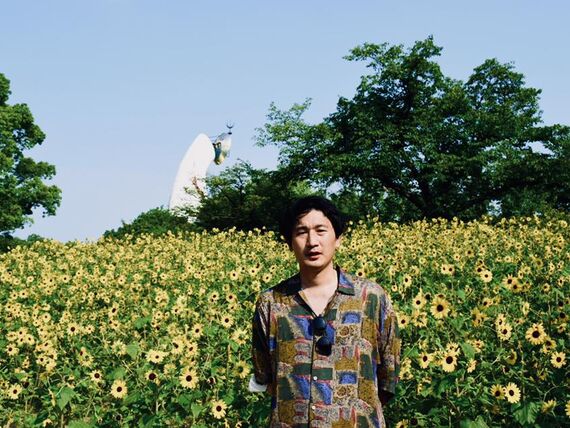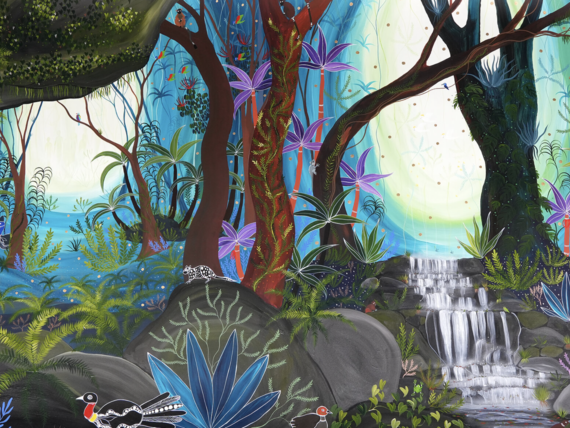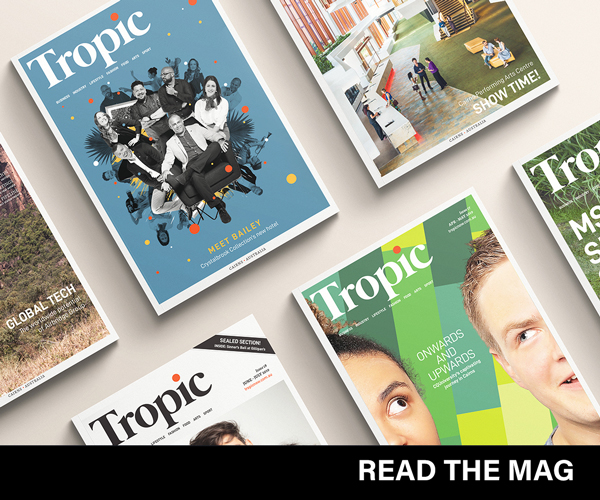
Words: Oliver James
As a child, I played on see-saws that had four seats and were mounted on huge springs.
With five kids in our family we would balance out the weight distribution by loading the two smallest siblings on one seat.
So much more fun than the traditional two-seater see-saw.
This is how I imagine flavour balance.
Except there are six seats, named Sweet, Sour, Salty, Spicy, Bitter and Umami.
##BA##
A dish needs at least three flavour components to be yum, but the more, the better. I use the see-saw analogy to balance the flavours.
Our avocado dish at Guyala has all six flavour components:
Bitterness in preserved limes and coriander garnish, sweetness in the bread, avocado, macadamia nuts, dried mango and chilli threads, spice in the dukkah and Shichimi (Japanese seven-ingredient spicy pepper), acidity in the finger lime and lime juice, salt in the feta and black salt, and umami.
By layering multiple variations of flavour components, a dish becomes full of flavour!

The biology of taste
The way our taste receptors work is fascinating.
Aromas, however, are far more complex.
Our olfactory gland, the soft tissue in the back of the throat, can perceive many thousands of individual compounds.
Even more fascinating are the neural pathways that our olfactory signals take in our brain.
Part of this journey is through the region of the brain responsible for long term memory and emotional decision making.
##PQ##
Smelling the perfume of someone close to you or eating food that your parents or grandparents cooked can be hugely nostalgic.
My most moving food experiences instantly transport me back to my father’s restaurant, eating osso bucco or rabbit and tarragon terrine!
Understanding how our flavour system works enables us to get the most out of our taste experiences.
Capitalising on taste
Understanding how our flavour system works enables us to get the most out of our taste experiences.
By slurping coffee from a spoon and aerating wine by sucking in air as we sip, we spray more aroma molecules onto our olfactory gland, and get a clearer perception of the taste.
##PQ2##
To train my palate memory to identify specific flavours, particularly for judging coffee competitions, I hack my sensory ability by building flavour associations with specific long term, and often childhood memories.
When I smell vanilla for example, I think of baking vanilla slice. In the sensory development class I run at Tattooed Sailor, we slowly taste and discuss the flavour components of many types of food, and any memories associated with them.
I absolutely love sharing flavour experiences, which makes up the foundation of my hospitality businesses.
Join me sometime for a sensory class, coffee or tea cupping, or a wine and cheese night at Guyala.
This story originally appeared in Tropic magazine Issue 34.





